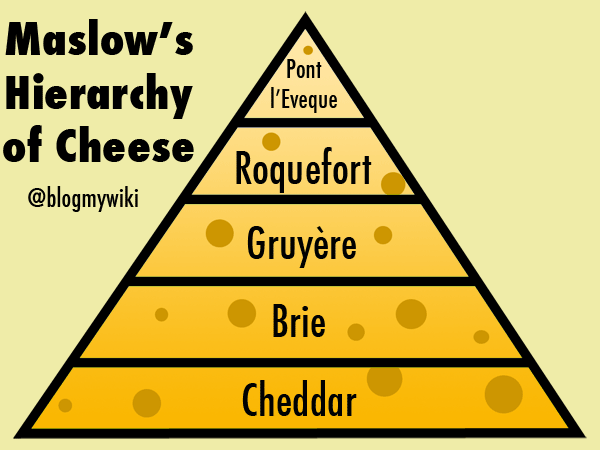-
Recent articles
Recent Comments
Calendar
November 2024 M T W T F S S « May 1 2 3 4 5 6 7 8 9 10 11 12 13 14 15 16 17 18 19 20 21 22 23 24 25 26 27 28 29 30 Tag cloud
6502 Apple Arduino BBC BBCMicrobit books breadboardcomputer coding computing education fiction Flotilla Fridge Gizmo FridgeGizmo ICT iphone kindle LCD lenovo Linux London MakeyMakey maths Microbit MicroPython music OLED osx Pimoroni PiRadio poetry printer Python radio Raspberry Pi RaspberryPi raspbian reading recently read scratch SenseHAT teaching twitter weather writing
The Imitation Game vs Enigma
Bit late to this but finally saw The Imitation Game this weekend. Really rather disappointed – I think Enigma (also about breaking the same cipher in Bletchley Park in WW2) is the better film. I just wasn’t convinced by the awkward friendship between Turing and Keira Knightly’s character. The scene on the lawn where she says something like “I think you’ll find if you move those equations over here…” was worthy of Acorn Antiques at its cringiest. Although based on a work of fiction, rather than fact, Enigma‘s central relationship, also awkward, is more believable and just rings true.
Charles Dance’s cartoon commander could have marched up to Turing’s machine and said “I want that machine orf, and I want it orf now” in an homage to The Hitch-Hiker’s Guide to the Galaxy. I can imagine one of Turing’s colleagues tearing off a strip of paper tape, turning to the camera and declaring “FORTY-TWO? We are going to get lynched…”
The real star of The Imitation Game is Alex Lawther. His portrayal of the schoolboy Turing was stunning. A great future surely lies ahead for this amazing young actor.
I understand why they skipped over the real electronic computer Colossus, built at Bletchley Park to break tougher German codes, but there’s a cracking story to be told about the unassuming Post Office Engineer Tommy Flowers who built it. He too can claim to be the father of the digital computer.
And finally, the last word on Charles Dance:
I may have peaked. pic.twitter.com/WUTRPfl0Dk
— Daniel Dalton (@wordsbydan) November 28, 2014
Maslow’s Hierarchy of Cheese
Maslow’s Hierarchy of Needs is a fundamental thing you learn when you learn about learning (or so I learned). It goes from fundamental human needs (food, water, air) and rises up through safety, love, belonging and up to self-esteem and realising your potential. The needs get more sophisticated as they reach the top; in lectures at the Institute of Education, the hierarchy always reminded me of this excerpt from The Hitch-Hiker’s Guide to the Galaxy by Douglas Adams:
The history of every major galactic civilization tends to pass through three distinct and recognizable phases, those of Survival, Inquiry and Sophistication, otherwise known as the How, Why, and Where phases. For instance, the first phase is characterized by the question ‘How can we eat?’ the second by the question ‘Why do we eat?’ and the third by the question ‘Where shall we have lunch?’
So, apropos of nothing at all, I present Maslow’s Hierarchy of Cheese. We all need cheddar. We can but aspire to Pont l’Eveque.

‘Bulletproof’ coffee

Food fads are parodies of themselves these days (gourmet hot dogs? I ask you…) but this is a trend TOO FAR: putting butter in coffee. The Guardian tried it out. Amazingly, it tastes disgusting. Who’d've thunk it?
Next week: I open a chain of shops selling coffee with BAKED BEANS for that added protein rush for the hipster who’s too busy to eat. Only the finest organic, beans, of course…
Squishy Circuits
I shall call him SQUISHY and he shall be mine and he shall be my SQUISHY – Dory, Finding Nemo
This is a wonderful idea for teaching electrical circuits and more (thanks to Linda Sandvik for tweeting about something that led me to read another blog post of hers, which led me to Squishy Circuit heaven).
It was developed by some very cool people at St Thomas’s University in Minnesota. Now, we know that regular toy shop PlayDoh conducts enough electricity to trigger a MakeyMakey, and indeed I’ve taught circuits by getting my whole class to join hands to trigger a MakeyMakey hooked up to a GarageBand synthesizer. MakeyMakeys are great and cool, but at about £40 a pop, a little expensive for us impoverished educators.
“What’s for dinner dad?” “Conductive PlayDoh!”
The great thing about this is it’s cheap – to make the conductive PlayDoh you just need some flour, salt (I used dishwasher salt rather than my usual Maldon Sea Salt), lemon juice and a tiny bit of oil – the food colouring is optional. Linda Sandvik posted a recipe with European measurements here, or if you’re in the US you might want to go to the original source. The components aren’t expensive either – just a few LEDs, a motor perhaps or a buzzer.
It’s pretty safe too – though you need to be careful not to connect an LED straight to the batteries; this special PlayDoh isn’t a perfect conductor (shocking, I know), and these projects make use of its natural resistance to remove the need for connecting a resistor in your circuit. There’s very useful information, in as much or as little detail as you need, on the St Thomas’s University Squishy Circuits video page. The video on Ohm’s law (‘LED calculations’) is very useful for a tinkerer like me who’s forgotten some of his O-Level physics, and might otherwise blow a few LEDs up.
Please note: battery compartments made of squishy circuits are probably not viable for long-term engineering solutions – the PlayDoh is full of salt and lemon juice and hence liable to be corrosive!
And finally, here’s Ann Marie Thomas’s inspirational TED talk on what Squishy Circuits can do:

